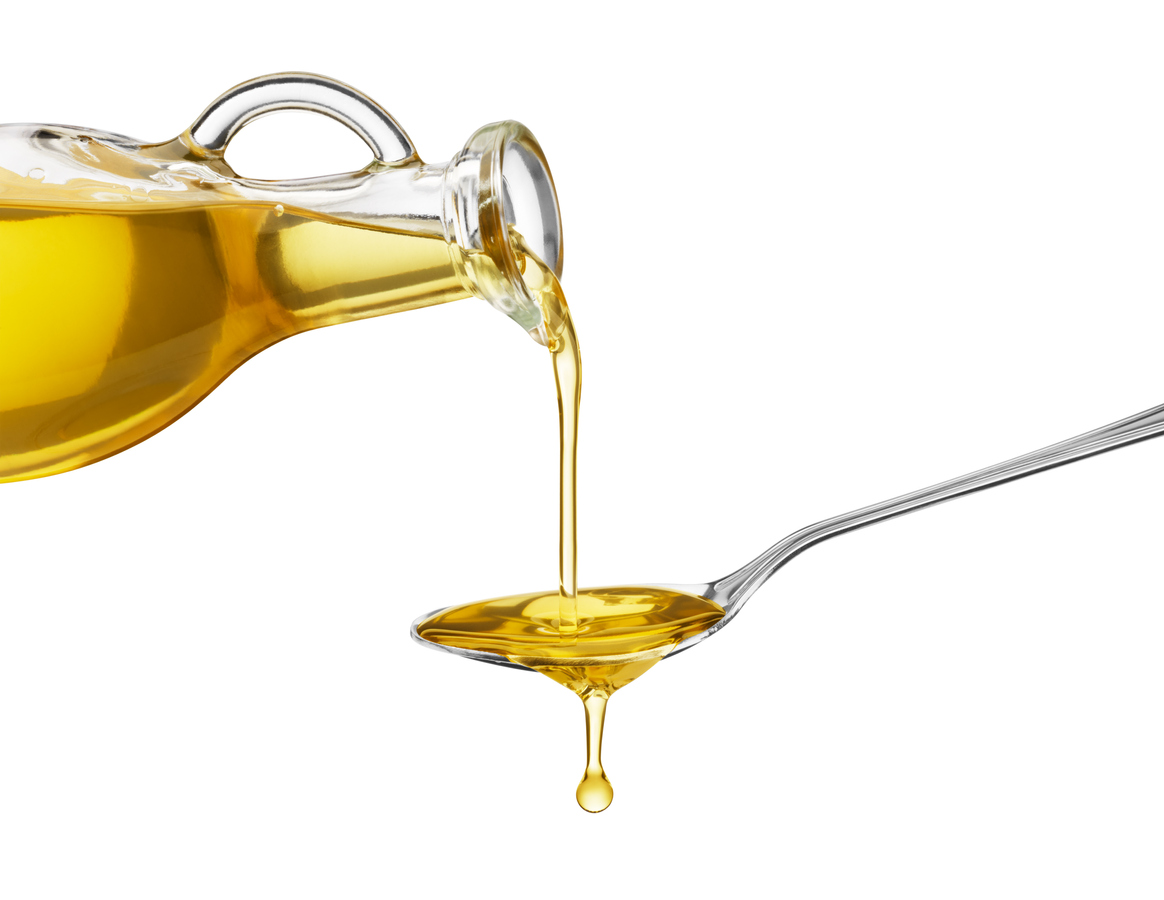
“Research is formalized curiosity. It is poking and prying with a purpose.”
~ Zora Neale Hurston
Why Is Fat an Important Part of a Healthy Diet?
I don’t know about you, but I fell for the low-fat food craze, believing that dietary fat was harmful and the more I avoided it, the healthier I would be. I was wrong, and I wasn’t alone. This was the message sent by the US government in the 1970’s, embraced wholeheartedly by nutritionists, the media, and food companies in the 80’s and 90’s, and finally debunked in the 2000’s. Yet, the myth persists. After so many years believing something is true, it can be hard to realize it isn’t. I didn’t learn otherwise until I switched to the paleo diet in 2012 and learned that dietary fat is actually beneficial. That was mind-bending.
Obesity and chronic disease actually skyrocketed during the low-fat era. One reason is that people replaced healthy fats with low-fat packaged foods (which contained added sugar and artificial ingredients to replace the flavor lost when the fat was removed). But another reason is that fat is a nutrient our bodies need:
- Dietary fats are building blocks for our bodies, making up 50% of every cell membrane and 60% of our brain structure.
- Fats are also essential to skin health, eye health, immune health, gut health, fertility, blood sugar regulation, and body temperature regulation.
- And many vitamins in food are fat-soluble (such as Vitamins A, D, K, and E). This means we cannot absorb them without dietary fats alongside.
Quick List of Fats Allowed on the AIP
- Fats naturally present in meat, fish, coconut, avocado, and olives
- Avocado oil
- Extra-virgin olive oil
- Coconut oil
- Red palm oil
- Duck fat
- Lard (from pork)
- Schmaltz (from chicken)
- Tallow (from beef, bison, and lamb)
Fats to Avoid on the AIP
- Chemically altered fats (margarine, industrial trans fats, hydrogenated oils, interesterified oils)
- Refined oils (canola, corn, cottonseed, grapeseed, peanut, safflower, sunflower, soybean, and generic vegetable oils)
- Dairy (butter and ghee)
- Nut and seed oils (almond oil, flax oil, hazelnut oil, macadamia oil, pumpkin seed oil, sesame oil, and walnut oil).
- Note: The first two bulletpoints are unhealthy fats to avoid at all times. The second two are food categories not allowed during the elimination phase of the AIP (dairy, nuts, and seeds). Those can be reintroduced later to test for tolerance.
Which Fats Are the Best, and Which Are the Worst?
- Everyone Loves Monounsaturated Fats: Studied extensively for their health benefits, this is one type of fat that both conventional dietitians and paleo leaders recommend as part of a healthy diet. Two AIP fats that fall into this category are avocado oil and extra-virgin olive oil. They each contain over 70% monounsaturated fatty acids. Caution: When extra-virgin olive oil was proclaimed to have health benefits, demand exceeded supply and fraud became rampant. Many bottles labeled extra-virgin have been found to contain lower-quality olive oil instead, sometimes even blended with other types of oil. Read this article to be sure you’re buying the real thing: Would the Real Olive Oil Please Stand Up?
- Seek Out Omega-3 Fatty Acids: Omega-3 and omega-6 fatty acids fall under the umbrella of polyunsaturated fats, and the goal here is balance. The challenge is that omega-6 is very easy to find in modern life, and omega-3 requires more effort. Our hunter-gather ancestors ate a ratio of 1:1 (equal amounts of these two types of fatty acids). This is a ratio that reduces inflammation. The Standard American diet is closer to 20:1 (far too much omega-6, and not enough omega-3). This is a ratio that increases inflammation. To optimize your ratio and your health, the first step is removing refined oils from your diet, which have the highest concentration of omega-6 (i.e. sunflower oil, soybean oil, and generic vegetable oils). That’s why these oils aren’t allowed on the paleo autoimmune protocol. The second step is eating more foods that contain omega-3. Oily fish is the best source: salmon, mackerel, herring, sardines, anchovies, etc. But seafood in general and grass-fed meats also contain omega-3 fatty acids.
- Saturated Fat Controversy: Conventional dietitians recommend against saturated fats, believing that they cause heart disease. However, a large research study in 2010 found no connection at all between those two things. Chris Kresser has written extensively on this topic in his free ebook, The Diet-Heart Myth. In fact, Kresser puts saturated fats on his list of fats to eat liberally. But another leader in the paleo community, Dr. Sarah Ballantyne, disagrees. She’s not anti-saturated fat. She believes it has health benefits, but she calls for moderation. She found research showing that high saturated fat intake can disrupt sleep, increase inflammation, impact gut health, and release endotoxins into the bloodstream triggering an immune response. Note: this only happens at high levels. She recommends saturated fat to make up 10-20% of daily calories (no more and no less). The AIP fats in this category include coconut oil, duck fat, lard, schmaltz, and tallow.
- What Makes Coconut Oil Special? Coconut oil contains a special type of saturated fat (MCT lauric acid). It’s the only fat that doesn’t require bile for digestion, making it a great choice for anyone with a history of gallbladder issues. It also contains anti-bacterial, anti-fungal, anti-viral, and anti-inflammatory properties. And for people following a ketogenic diet, it converts easily into ketones allowing for a higher vegetable intake (and therefore higher nutrition) while still maintaining ketosis.
- Natural vs. Added Fats: Fat is naturally present in many foods, like meat, seafood, coconut, avocado, and olives, so they make great whole food sources of healthy fats. If you can afford grass-fed and pastured meats, choose fatty cuts because they contain omega-3 fatty acids. If you’re on a tight budget and are eating conventional meat, choose lean cuts because toxins get stored in the fat. For seafood, wild-caught is ideal and canned wild-caught seafood is a great budget source of omega-3 fatty acids. When it comes to coconut and avocado, their thick skin protects them from pesticides, so buying conventional is fine. Olives, however, do absorb pesticides, so choose organic there if possible.
- Trans Fats: Many of us have seen the newspaper headlines vilifying industrial trans fats, and for good reason. These are partially hydrogenated vegetable oils, created to make the oil solid at room temperature and give them a longer shelf-life. They ended up being linked to increases in heart disease, cancer, and diabetes, and were banned by the FDA in 2018. However, small quantities of trans fats also exist naturally in meat and dairy. Should we fear these as well? As often happens when you compare something created by nature to something created in a factory, the impact on the human body is very different. Instead of being harmful, these are shown to be beneficial in the exact opposite way. CLA is one of the most widely studied naturally occurring trans fats, and it has been shown to protect against cancer, diabetes, and heart disease. One final note: now that industrial trans fats have been banned, food companies are replacing them with interesterified oils. It’s a slightly different process with a similar negative impact on the body, but it’s not yet banned. Worse than that, it doesn’t need to be disclosed on food labels. So what do you do? Avoid processed food and fast food, which are most likely to contain them.
How Much Fat Does Your Body Need?
OK, so we know our bodies need dietary fats to be healthy, and we have the list of the best ones to choose. Does that mean we should add high amounts of extra fat to every meal? Not necessarily. We definitely want to include a healthy fat with every meal, either naturally present in the food itself, or added on top (or during cooking). It’s also fine to have more than one type of fat at each meal as well. But that doesn’t mean we want to start eating coconut oil by the spoonful or doubling fats in recipes. All of the macronutrients matter as part of a healthy diet. So, include protein, healthy fats, and vegetables at each meal. Then, experiment to find the amount of daily fat that makes you feel your best.
Smoke Points
When it comes to choosing which fats to cook with, it’s helpful to know the smoke point of each one. This is when the fat starts to break down and release free radicals, which can have a negative impact on health.
| AIP FAT | SMOKE POINT |
| Avocado Oil | 400°F (205°C) |
| Tallow | 400°F (205°C) |
| Extra-Virgin Olive Oil | 375°F (190°C) |
| Duck Fat | 375°F (190°C) |
| Schmaltz | 375°F (190°C) |
| Lard | 370°F (185°C) |
| Coconut Oil | 350°F (175°C) |
| Red Palm Oil | 300°F (145°C) |
You might be surprised to see extra-virgin olive oil so high on that list. Many people have written that it should only be used in dressings and low-heat cooking, but research shows that true extra-virgin olive oil is stable at high cooking temperatures as well.
Shelf Life and Refrigeration
- Avocado Oil is one that you don’t want to buy in bulk, because it has a relatively short shelf life. Refrigerate after opening and use within 9 months.
- Tallow, on the other hand, has a very long shelf life. It doesn’t need to be refrigerated (in fact it often gets too hard if refrigerated.) Instead, store it in your pantry where it should keep well for years.
- High-Quality Extra-Virgin Olive Oil should list the harvest date on the bottle. You want to consume it within 2 years of harvest. Don’t refrigerate. Keep in the pantry, away from light.
- Duck Fat and Schmaltz both have relatively short shelf lives. Keep them in the refrigerator and use within 6 months. However, you can extend their shelf life by putting them in the freezer, where they will keep for years.
- Lard should also be kept in the refrigerator, but it has twice the shelf life of duck fat and schmaltz. Use lard within 1 year in the fridge. Otherwise, freeze to extend its shelf life.
- Coconut Oil has a long shelf life and doesn’t need to be refrigerated. Keep in the pantry, away from light, and use within 2 years.
- Red Palm Oil has a shelf life of 18 months. It doesn’t require refrigeration either. Keep in the pantry, away from light.
- Homemade Fats: You can save the fat that renders when you cook fatty cuts of meat, to reuse later when roasting vegetables. This is a wonderful way to save money and add great flavor. However, this type of fat is more susceptible to spoilage because it’s not pure, filtered fat. Store in the refrigerator and use within 1 month.
- Clean Spoons: For solid fats, always scoop them with a clean, dry spoon to keep them fresh and prevent spoilage.
You May Also Be Interested In
Credit: image at top of page purchased from iStock.

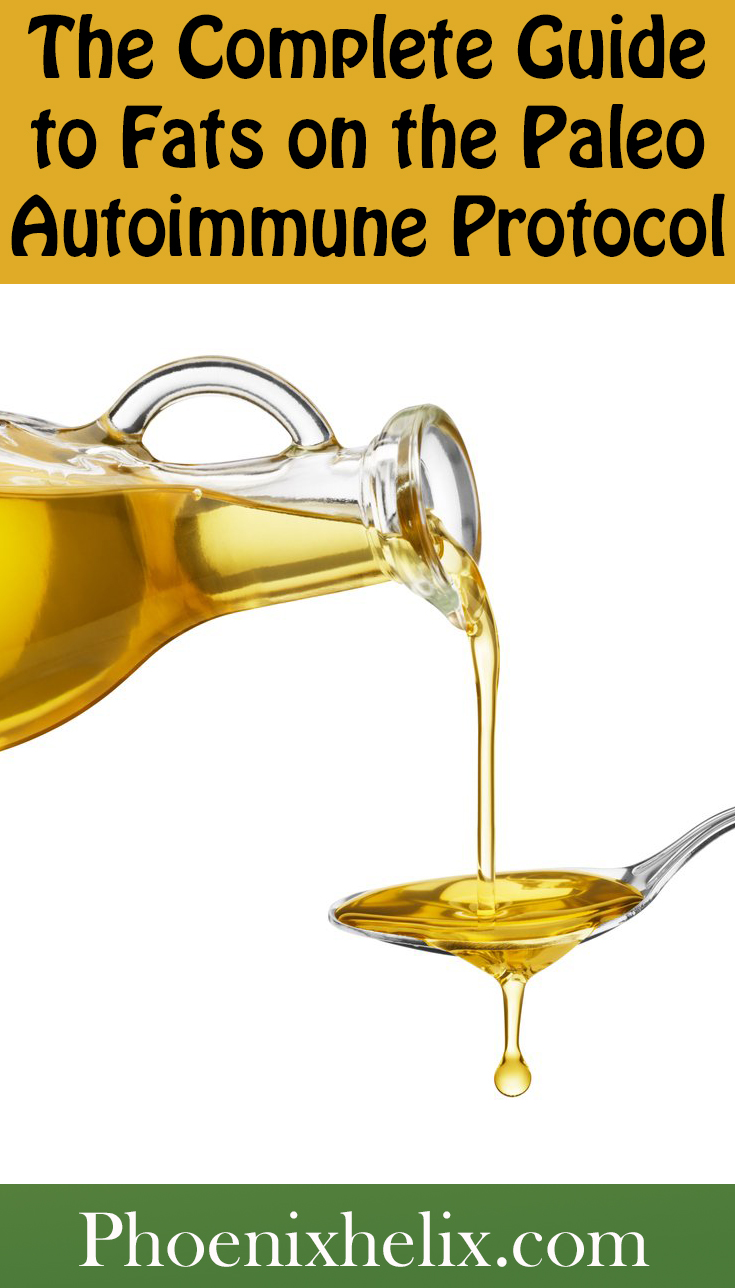
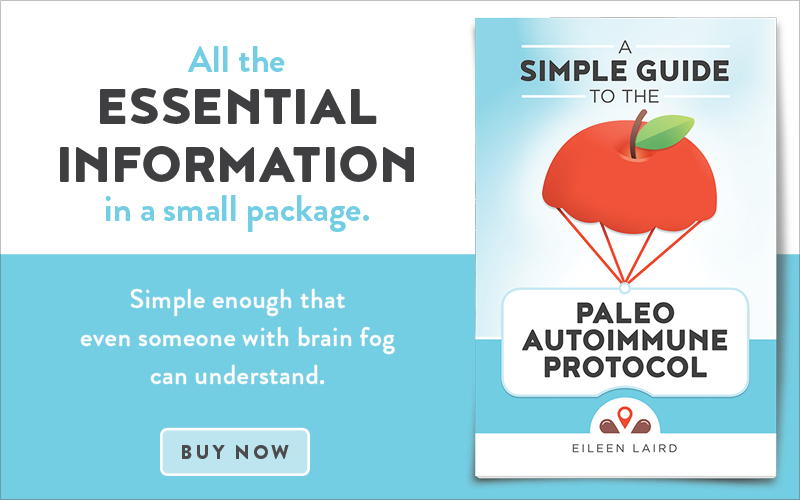
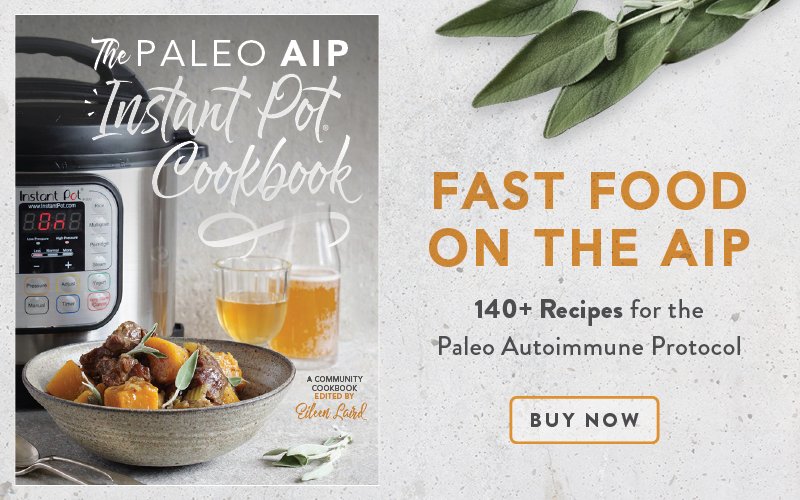

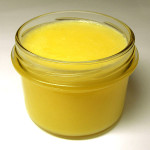
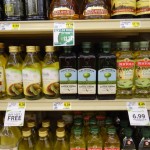

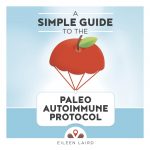


Hi surprised to see coconut oil at the bottom of the list, does that mean we shouldn’t fry with coconut oil? I occasionally use it to fry cassava or sweet potatoes fries
Hi JM. I believe oil usually boils at around 300 degrees, so coconut oil should be safe as long as it’s not smoking. If you notice it smokes when frying, then I would choose one of the oils with a higher smoke point.
thanks, it does smoke, infact it smokes so much i have to on two exhaust fans and open door/window,
so i guess i shouldn’t use to deep fry anything, and use maybe avocado oil instead
Thanks for that update, JM. Definitely use a higher smoke point oil then. Avocado oil or Tallow are great choices.